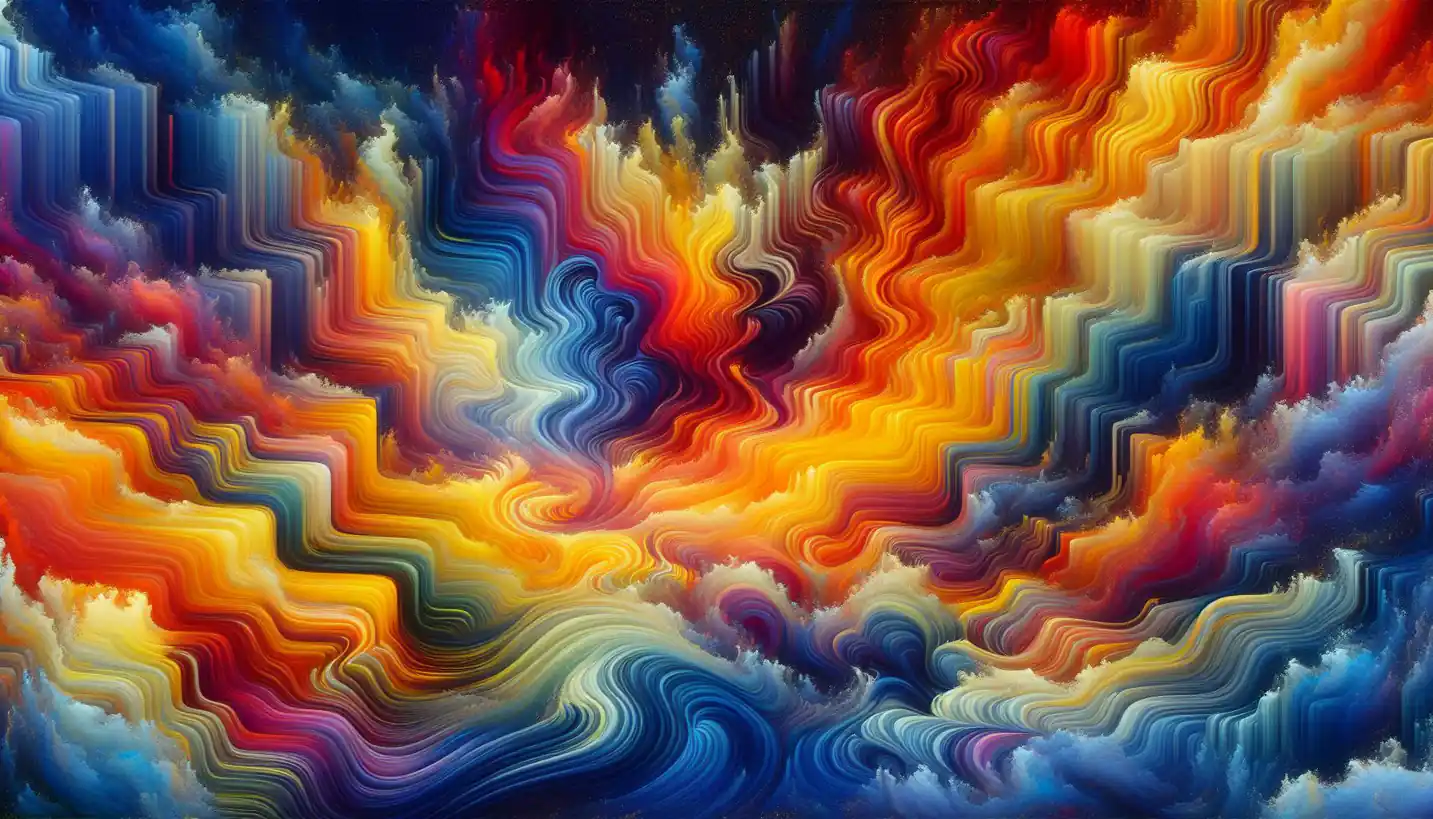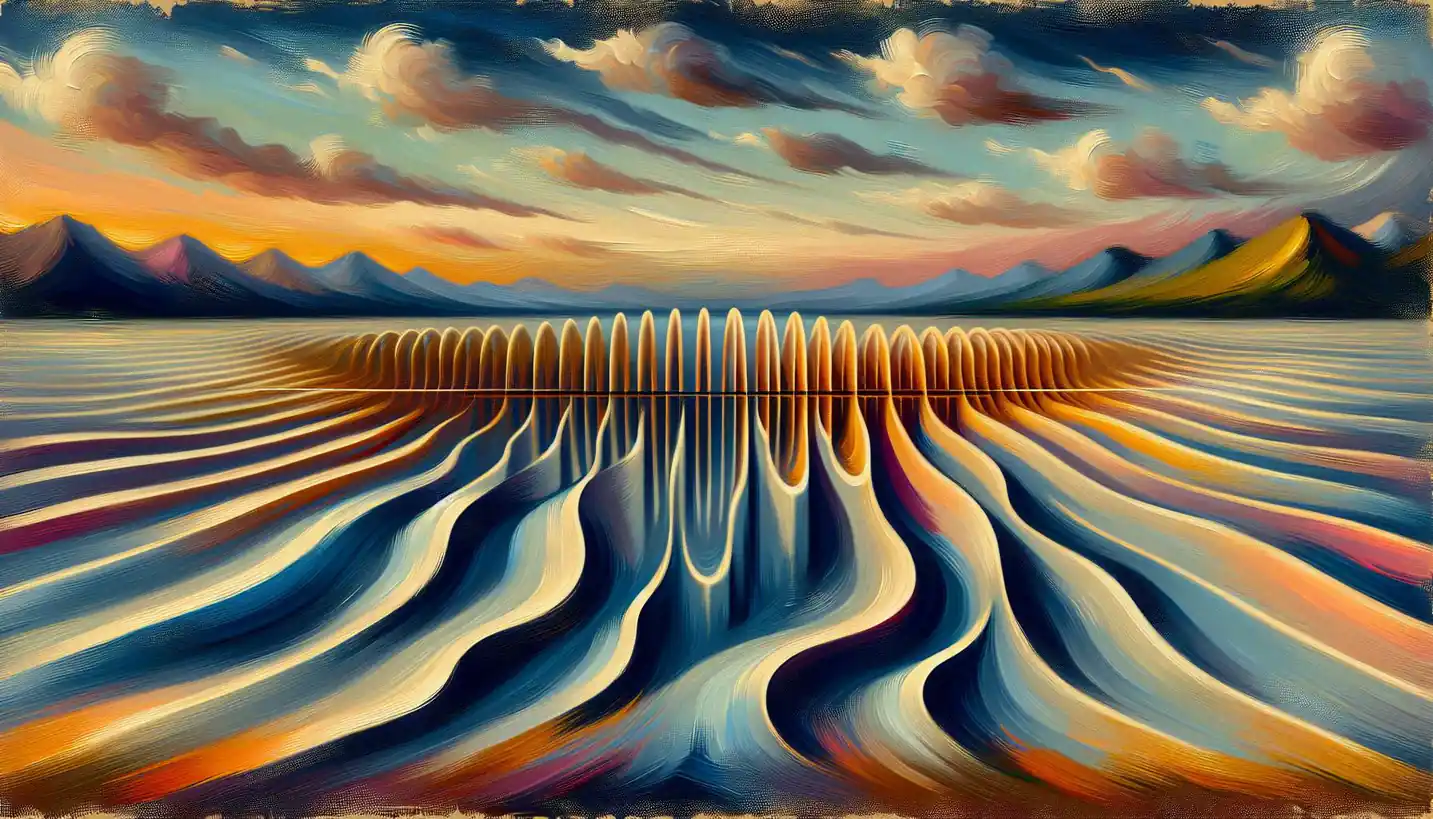· Physics · 4 min read
Hadron: Unlocking the Mysteries of High-Energy Physics
Dive into the mysterious world of hadrons, a cornerstone of high-energy physics. These complex particles offer a fascinating glimpse into the forces that hold the universe together.

You might be more familiar with things like atoms and molecules in the world around you, but let’s journey into the smaller world of particles called hadrons, a key piece of the puzzle in high-energy physics.
Hadrons are like the building blocks of the universe. Imagine them as tiny workers in a cosmic factory, each playing a role in constructing the matter we see. They’re not as known as electrons or protons, but within high-energy physics, they hold an important position. These particles are made up of even smaller entities known as quarks, which are bound together by something called the strong force, just like bricks held by mortar.
The Guts of a Hadron
Let’s delve deeper into the guts of a hadron. Essentially, hadrons are divided into two families: baryons and mesons. Think of baryons like substantial, clunky hammers—strong and stable. The most famous baryons are protons and neutrons, the particles that live in the nucleus of atoms. Then you have mesons, the lighter, quicker equivalents more like screwdrivers, whose roles are more about holding things temporarily and facilitating interactions between baryons.
Baryons: The Heavy Hitters
Baryons are made of three quarks, and they’re the backbone of atomic structure. Protons and neutrons sit snugly at the core of an atom, influencing its weight and behavior. Without baryons, atoms wouldn’t exist, and by default, neither would we.
Mesons: The Connectors
On the flip side, mesons are made of just two quarks: a quark and an antiquark. They’re like the assistants for baryons, ensuring that strong forces can do their job of holding atomic nuclei together.
The Strong Force: The Glue
The strong force is the powerful glue holding these quarks together inside hadrons. It’s one of the four fundamental forces in nature, alongside gravity, electromagnetism, and the weak nuclear force. Without it, quarks would wander off, and the universe would be a very different place.
It’s fascinating because while the strong force acts at very short distances (think subatomic scale), it’s incredibly potent. If you had to think of it in real-life terms, it’s like the super-strong attraction between the sun and the Earth, but within something smaller than an atom.
Quark Colors and Flavors
To keep things interesting (and less confusing), scientists give quarks “colors” and “flavors.” But don’t think in terms of crayon boxes or ice cream shops! These are quirky names for properties that define how quarks combine to form hadrons. The color (not visible like in rainbows) ensures that when quarks come together, they create a “color-neutral” hadron. Flavors, on the other hand, give us six varieties of quarks: up, down, charm, strange, top, and bottom. Each of these plays a unique role in the world of quarks.
The Quest to Understand Hadrons
Why dive into hadrons at all? For one, understanding them helps us unlock the secrets of the universe’s beginnings in the Big Bang. High-energy physics experiments, like those at the Large Hadron Collider (LHC), smash particles together at near-light speeds to recreate conditions from millions of years ago, letting scientists catch glimpses of the fundamental forces at work.
The Large Hadron Collider: A Particle Playground
The LHC is like the world’s largest racetrack, but instead of cars, it speeds up particles to smash them into each other. This lets scientists peek into particle interactions, helping to identify new particles or validate existing theories. It was at the LHC that the famous Higgs boson was found, supporting the standard model of particle physics—a theory that describes how elementary particles and forces interact.
Future of Hadron Research
The journey isn’t over. New technologies and larger colliders will allow scientists to dig even deeper, unveiling new particles or forces. Open-ended questions linger: How exactly did the universe unfold? Are there undiscovered particles waiting to be identified?
There’s a thrilling future ahead in hadron research. By exploring deeper, we gather pieces of a cosmic jigsaw puzzle, gaining insights that impact everything from the fundamentals of physics to advancements in technology and medicine.
Why Does It Matter?
Understanding the universe’s smallest parts teaches us about the forces that hold everything together, from the microscopic to the cosmic scale. These insights form the backbone of innovation in fields ranging from energy production to medical imaging.
Hadrons may be tiny and elusive, but they’re monumental in understanding the grand mechanics of the universe. Next time you ponder the mysteries of the cosmos, think of these tiny particles and the stories they tell about everything around and beyond us.


